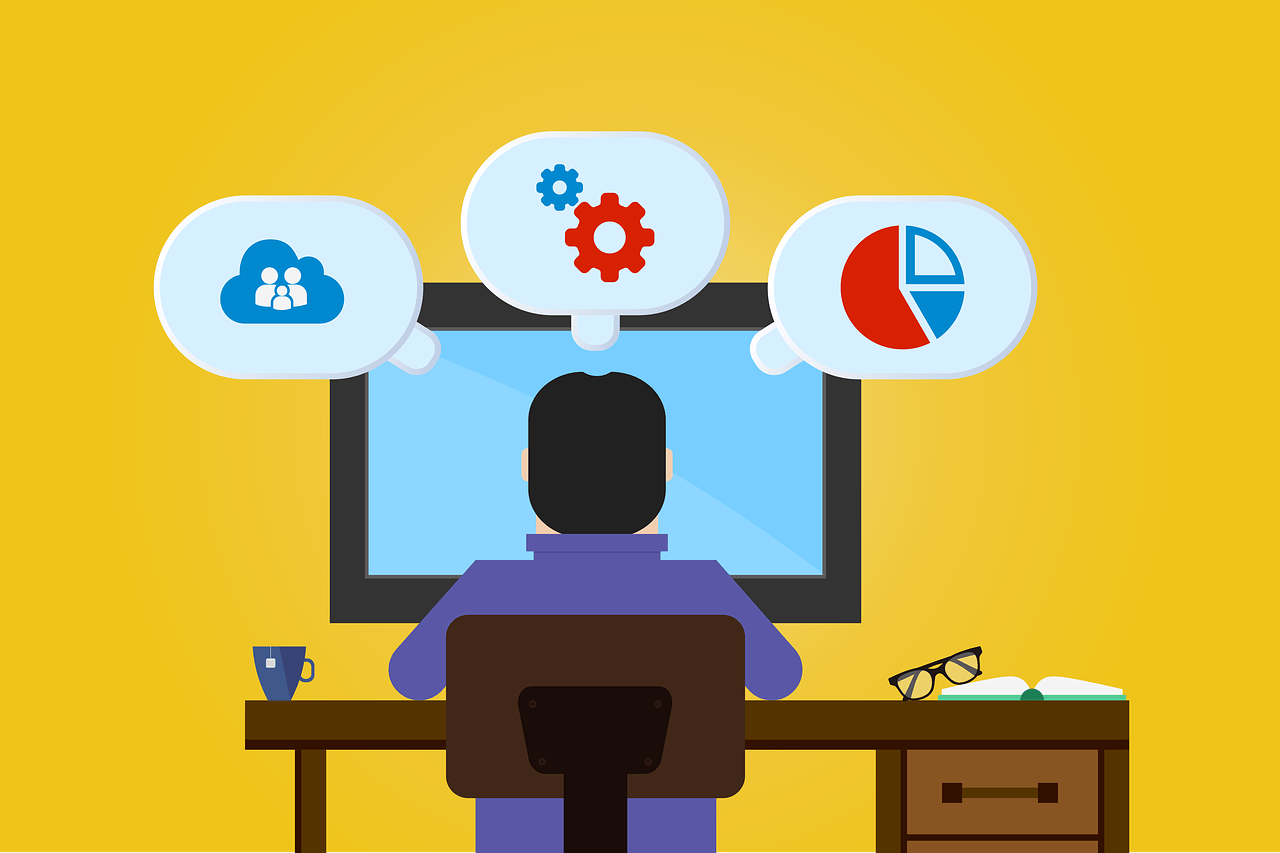
By Sally Wu
The world now moves based upon machines communicating with each other through their own coded language. The computer or a phone screen you are reading this article on. The Uber or Lyft app you use to book your taxi.
The suggestions by your Netflix account on what to watch tonight, are all decisions taken in real time by machines who talk to each other in their own language, by observing your habit patterns.
Here are 6 programming languages that you should know about and how they drive the machines around us:
The classic programming language
When you think of programming languages, chances are that C is the first that comes to mind. But one of the most useful and most popular programming languages today is actually Python.
This scripting language is often used to build big data apps and data analysis applications, such as data journalism, or databases.
Python has found wide adoption in the web and data world, but is also used to teach programming to non-technical users. Python is written in C, so it is compiled, rather than interpreted, which means less CPU/memory usage, so it’s often used for embedded systems.
Python is a bit of a temperamental language, but it gets the job done. Plus, it has a very simple syntax.
The scripting language
The vast majority of Python’s users don’t write Python from scratch. Python scripts are very often compiled into Python source code and interpreted.
However, they can be written in any language. For most users, a plain English description or copy-pasted lines of code are adequate.

“The benefit of this approach is that it makes the code more readable.” There are many popular Python-based scripting languages like R, SQL, Ruby, and even Turbo Pascal and Turbo C, with support for Python.
The object-oriented programming
Object-oriented programming is nothing new. It’s simply the process of developing software so that it creates and responds to certain classes of objects.
In other words, it’s all about the design, or class structure of an application. It’s just as much a language as it is a programming paradigm.
Object-oriented programming has found a home in web development, database development, and many other aspects of computer science. Object-oriented languages like Java, C++, and C# still have a strong hold on software development.
The graph-processing language
Graph-processing is all about processing the data coming out of our various digital devices and hardware. It’s about creating a visual representation of information so we can use it to make better decisions or solve problems.
By nature, data is represented as graph data. A graph is a tree, of sorts. Graphs are very useful in analyzing data because you can rearrange them in different ways and find relationships that you wouldn’t be able to find otherwise. And with data, relationships are important.
Google famously uses graph-processing to help organize and understand data, from their famous Knowledge Graph to their infamous search results. It’s a way of computing based on algorithms that are specific to analyzing data, rather than using the most general programming approach.
If you’re looking for an alternative language to Ruby, you can use the Gephi programming language, which is a graph-processing language that supports Python.
The data visualization language
Graph is just a type of data. But it’s a great starting point. If you want to create a graph from some data, the first thing to consider is which data set you want to analyze.
Then you have to determine how you want to represent that data. Depending on the data set, that representation can be one of the most important considerations. For example, how do you represent a given entity (or pixel, as it’s called in the graph-processing world) in a graph? It can be a pretty sophisticated decision.
In the world of visualizations, as it is now, that question depends on the data you have.
Other questions to consider are what style of data representation you want, if any; what the graph should look like; and how long you want the visualization to be.
Graphs are a good way to represent information. But they are not a right fit for every problem.
(The author is a content writer at Startupanz.com. Editorial Feedback: connect@startupanz.com)











